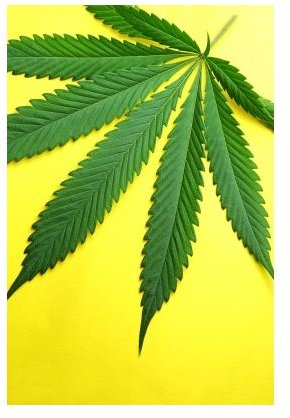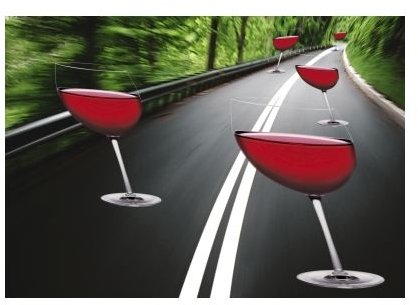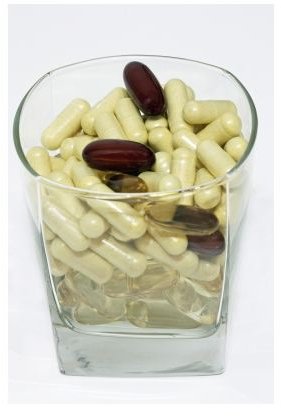What Drugs Are They Looking For in a Urinalysis?
Reasons for Requesting a Urinalysis
There are many reasons why companies request urine drug screens. Most companies get a price break on worker’s compensation insurance if they mandate pre-employment drug testing for new hires. Other companies carry this policy a little further and perform random, unannounced drug screens on their employees. Sometimes a supervisor requests a screen for an employee whom he suspects of using. If
the employee has a prescription for a medication, it usually must be no more than six months old.
If an employee experiences an on-the-job accident, he may be required to take a test immediately afterward. Even if he has to go to an emergency room, blood or urine can be collected at that time. If an employee tests positive, then the company can claim no liability for the accident.
Most companies are not equipped to perform drug screens, so they send job applicants and employees to a company they’re contracted with for this service. Most of them offer a choice of 5-panel, 8-panel, or 10 panel urine. So—just what drugs are they looking for in a urinalysis?
The Basic Five-Panel Screen:
-
Cannabinoids (THC). Detectable for 3 to 11 weeks with heavy use. There is a lot of uncertainty over the length of time that

the substance remains in the system. Mostly it depends on how often it’s used and, surprisingly, the body fat and metabolism of the user. Because it collects in fat cells and is excreted slowly in the urine, for someone who’s chubby and uses multiple times weekly, it will remain detectable for a month. In 2015, 23 states permit medical cannabis, and this website offers a separate article to educate you on that.
-
Amphetamines. 24 to 48 hours. They include dexedrine and salt-amphetamines, including stimulant ADHD drugs such as Adderall, Vyvanse, Ritalin, and Concerta.
-
Cocaine, crack. 2 to 4 days, or up to 3 weeks with heavy use. ′Nuff said.
-
Opiates. 1 to 2 days. Screens will detect prescription medications that contain codeine, such as Tylenol-3, hydrocodone cough syrup, Percocet, or Fiorinal with codeine, plus street drugs such as heroin, morphine, and opium. A note on Oxycodone: normal opiate screens do not detect it, but the screener can add it on.
-
PCP. 1 to 8 days. Other hallucinogens include LSD, detectable for up to 10 days, as well as mescaline and psilocybin (mushrooms), both detectable for up to a week.
The Eight-Panel Screen Also Includes:
-
Alcohol. 3 to 10 hours. Some companies will use the five-panel but will add on a screen for alcohol using a breathalyzer. Even the

alcohol in mouthwash or cough medicine can be detected.
-
Benzodiazepines. Up to 6 weeks for regular users. This category includes many antianxiety prescriptions such as Librium, Valium, Xanax, Tranxene, and Ativan. “Roofies” or Rohypnol also falls into this category. Occasional users will flush them out of the system in 7 to 10 days.
-
Barbiturates. Up to 6 weeks for regular users. Occasional users of drugs like Amytal, Nembutal, Phenobarbital, and Seconal will be drug-free in 2 to 4 days. Quaalude is in a category of its own, but if the screener looks for it, it’s detectable for up to 2 weeks.
The Ten-Panel Screen Adds:
-
Methadone. 2 to 3 days. Prescribed as Amidol or Dolophine for extreme analgesic purposes, this drug is most often used in drug clinics

to help heroin users through withdrawal. If used regularly, it’s detectable up to a week.
-
Propoxyphene. 6 to 48 hours. This is Darvon, and most screeners today aren’t interested in it. They’re more likely to ask the lab to scratch it off and substitute a screen for…
-
SSRIs. Prozac, Zoloft, Paxil, and similar antidepressants are more often found in dirty urine screens these days. They will stay in the system for 2-3 days; but few employers are interested in adding this cost to the screen.
Creatinine
Most people ask what drugs are they looking for in a urinalysis, but there’s something they’ll look for that’s not a drug. Most labs also include the subject’s creatinine value. The reason is twofold: First, if someone has tried to flush his system by consuming large quantities of water before the drug screen—as required by many of the products that promise to clear the system of detectable drugs—then his creatinine level will be extremely low. Also, labs look at the ratio of a THC metabolite known as carboxy-THC to creatinine, and a high ratio can indicate recent use.
Etc…
The so-called detoxification products often produce very bright urine. As a way of accounting for this color, many people take a B-complex vitamin when they expect to be tested. Labs can also sometimes detect when a person has consumed a large amount of fluids to flush his system.
The lengths of detectable time given above apply to blood and urine testing. Detectable times for hair follicle tests vary. If a subject doesn’t want to submit a body fluid sample, he must be able to produce 100 strands of hair for a hair follicle test. This writer works in a drug rehab center where all employees undergo both pre-employment and random drug screening. We had an applicant who refused to pee in a cup and also shaved all his body hair. He didn’t get the job.
Resources
Medline Plus (from the U.S. National Library of Medicine National Institutes of Health). Toxicology screen.
Redwood Toxicology Laboratory Information Sheet. Urine creatinine.
FreeDigitalPhotos.net: graur razvan ionut, Paul, Xedos4, Maggie Smith
